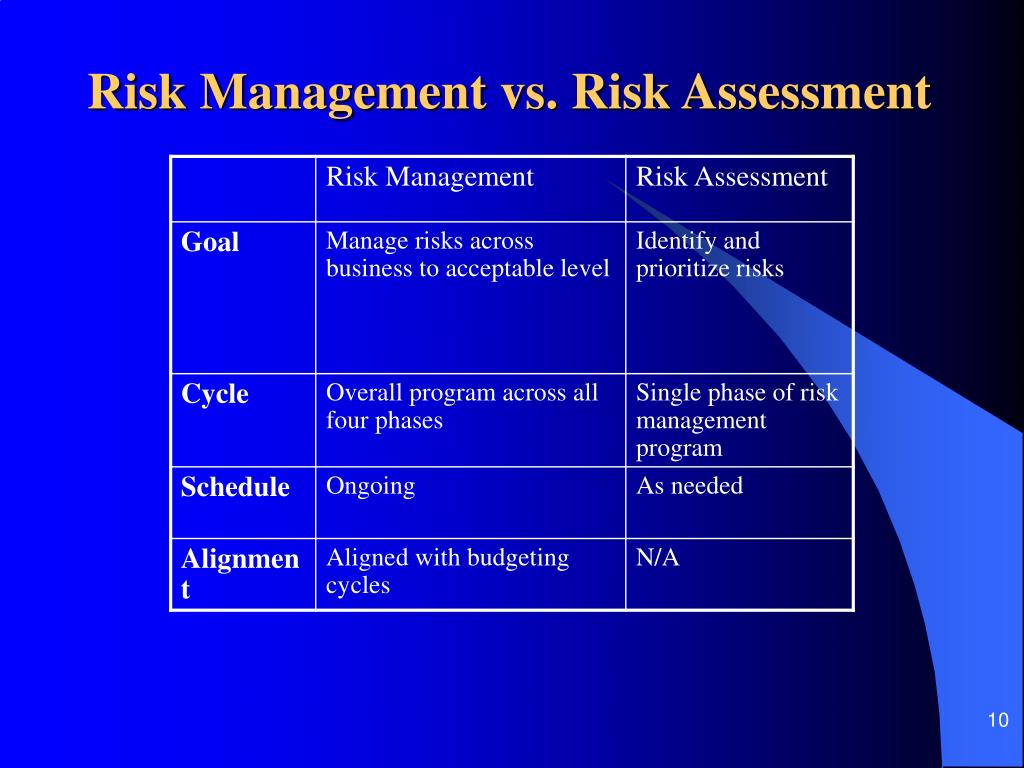Risk is an inevitable part of doing business. Regardless of industry, companies face risks related to suppliers, product quality, workplace safety, environmental factors, and more. That’s why standards like ISO and ICH emphasize proactive risk management using a risk-based approach to quality, health and safety management
In this article, I’ll explain the key differences between risk assessment and risk management. I’ll also discuss why automating risk management workflows is critical for effective risk mitigation.
What is Risk Assessment?
Risk assessment is the process of identifying potential hazards and analyzing the risks present in the workplace or business operations It aims to detect risks proactively so that action can be taken before adverse events occur.
Risk assessment consists of three main steps
-
Risk Identification – Recognizing the different risk possibilities present. This includes health, safety, quality, cyber or other risks relevant to the company.
-
Risk Analysis – Understanding the potential consequences if the identified risks occur, and their impact on business continuity.
-
Risk Evaluation – Determining the severity of each risk by assessing the likelihood of it occurring. A risk matrix can be useful for visualizing and prioritizing risks.
Common types of risk assessment include fire safety, equipment safety, health hazards, and assessing risks from hazardous materials. The goal is to spot weaknesses that could lead to accidents, quality issues, or compliance breaches.
What is Risk Management?
Risk management encompasses the strategies and actions taken to address the risks identified through assessments. It focuses on building an ongoing system to control and mitigate risks across the organization.
The key steps in risk management include:
-
Setting risk management policies and goals aligned to company objectives.
-
Implementing controls to prevent risks or reduce their likelihood/impact.
-
Continuously monitor emerging risks and improving risk controls.
-
Reporting risk management performance to leadership.
While risk assessment is periodic, risk management aims to embed “risk-based thinking” into everyday operations and decision making. The most effective risk management integrates across business processes rather than being a stand-alone activity.
For example, when a quality risk is identified with a supplier, immediately trigger the supplier corrective action process. Or if a safety hazard is spotted, kickoff related CAPA, permits, training etc. to mitigate it.
Key Differences Between Risk Assessment and Risk Management
Below I summarize the core differences between risk assessment and management:
| Risk Assessment | Risk Management |
|---|---|
| One-time exercise to identify current risks | Ongoing process to control risks |
| Provides a snapshot of risks | Focuses on addressing identified risks |
| Examines likelihood and impact of risks | Aims to reduce likelihood and impact |
| Outputs a risk register | Implements risk mitigation plans |
| Risk evaluation and prioritization | Risk monitoring and optimizing controls |
While risk assessment and management are distinct, they go hand-in-hand. Risk assessments provide vital inputs for driving risk management. At the same time, effective risk management relies on continuous assessment to capture emerging risks.
Why Automate Risk Management Workflows?
To truly adopt a proactive approach to risk, companies need automated workflows for managing risks end-to-end. Manual methods for identifying, assessing and tracking risks have many downsides:
- Tedious and prone to human error.
- Data exists in siloes – risk registers, CAPA systems, safety incident reports and more.
- Hard to get holistic view of risk across the business.
- Risk status tracking and reporting is chaotic.
- Risk closure/verification lacks rigor.
Leveraging risk management software addresses these gaps through:
Streamlined risk capture – Users can log risks through multiple channels like mobile, email, web forms. AI helps auto-classify risks for easier processing.
Central risk repository – All risk data is available in one place for analysis.
Configurable workflows – Route risks to relevant teams for assessment, planning, implementation based on risk levels.
Risk scoring and prioritization – Make informed decisions on which risks need urgent mitigation.
Real-time status tracking – Dashboards to monitor risk status and risk management KPIs.
Integration with CAPA, safety, supplier, change – No more risk management siloes.
Notifications and collaboration – Assign tasks and notify relevant stakeholders through the risk lifecycle.
Risk reporting – Generate risk reports for management reviews, government agencies and more.
Audit traile – Every change related to risks is tracked.
By connecting the dots between risk assessment and risk management through automation, companies can move towards true risk-based thinking. Staff at all levels become more risk-conscious, and leadership has data-driven insights to enhance risk strategies.
Risk Management Best Practices
Here are some tips for effective risk management:
-
Define risk assessment and management procedures clearly. Provide training to staff.
-
Establish a risk management committee involving key process owners.
-
Align risk management goals to QMS/EHS/other business objectives.
-
Use a weighted risk matrix when analyzing risks. Include criteria like compliance impact.
-
Prioritize addressing high probability + high impact risks first. But also monitor low probability risks.
-
For quality and safety risks, immediately trigger CAPA after assessment.
-
Collaborate with process owners during mitigation planning.
-
Implement controls to reduce risk likelihood or impact. Avoid relying on just one type of control.
-
Monitor leading indicators specific to critical risks. This enables proactive response.
-
Review emerging risks and control effectiveness during Management Review.
-
Use risk management software to maximize efficiency, data analysis and enterprise visibility.
Risk assessment and risk management are distinct but interconnected processes for controlling risks effectively. While assessment focuses on identifying risks, management involves implementing mitigation measures and continuously improving risk controls.
By leveraging automation to seamlessly connect risk assessment, risk analysis, risk mitigation and monitoring activities, companies can break down risk siloes. This leads to enterprise-wide risk awareness and data-driven risk strategies. With a holistic view of risks and risk management KPIs, companies can make business decisions confidently.
